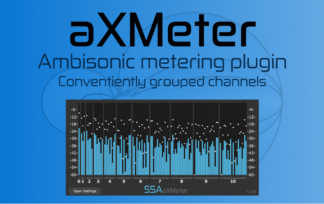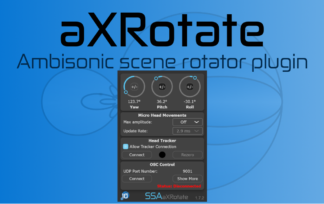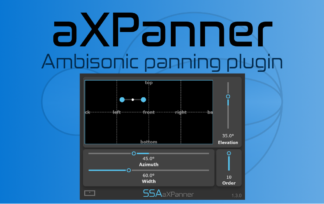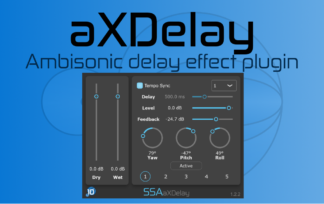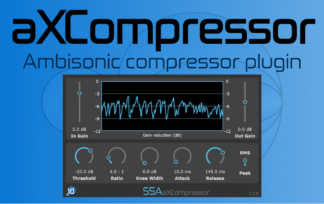
I spend most of my time working on my plugins or developing new tools for clients to use in their projects and products. But sometimes I have the chance to be involved in fundamental research.
A paper I co-authored with Brian Katz (Sorbonne Université, Paris) and Lorenzo Picinali (Imperial College London) was published earlier this year in Scientific Reports by Nature. If you want to read the paper, head over here – it’s Open Access so you can read it for free!
The title is: Auditory Accommodation to Poorly Matched Non-Individual Spectral Localization Cues Through Active Learning.
The paper looked at how well people can adapt to an HRTF over time with training. We then looked to see if, over time and without training, they would retain the localisation abilities they had gained. The “twist” was that we gave subjects an HRTF that was initially badly rated for them. We did this in order to investigate the worst-case scenario for content distributed without HRTF choice.
Studies like this are important for spatial and immersive audio because it still seems like it will be a while before consumers can have customised HRTFs. This means there will always be some people listening through an HRTF that is not well suited to them. If we can find ways to adapt users to these HRTFs then we can go some of the way to alleviating this problem.
Reference
Stitt, P., Picinali, L., & Katz, B. F. (2019). Auditory Accommodation to Poorly Matched Non-Individual Spectral Localization Cues Through Active Learning. Scientific reports, 9(1), 1063.
Abstract
This study examines the effect of adaptation to non-ideal auditory localization cues represented by the Head-Related Transfer Function (HRTF) and the retention of training for up to three months after the last session. Continuing from a previous study on rapid non-individual HRTF learning, subjects using non-individual HRTFs were tested alongside control subjects using their own measured HRTFs. Perceptually worst-rated non-individual HRTFs were chosen to represent the worst-case scenario in practice and to allow for maximum potential for improvement. The methodology consisted of a training game and a localization test to evaluate performance carried out over 10 sessions. Sessions 1–4 occurred at 1 week intervals, performed by all subjects. During initial sessions, subjects showed improvement in localization performance for polar error. Following this, half of the subjects stopped the training game element, continuing with only the localization task. The group that continued to train showed improvement, with 3 of 8 subjects achieving group mean polar errors comparable to the control group. The majority of the group that stopped the training game retained their performance attained at the end of session 4. In general, adaptation was found to be quite subject dependent, highlighting the limits of HRTF adaptation in the case of poor HRTF matches. No identifier to predict learning ability was observed.


